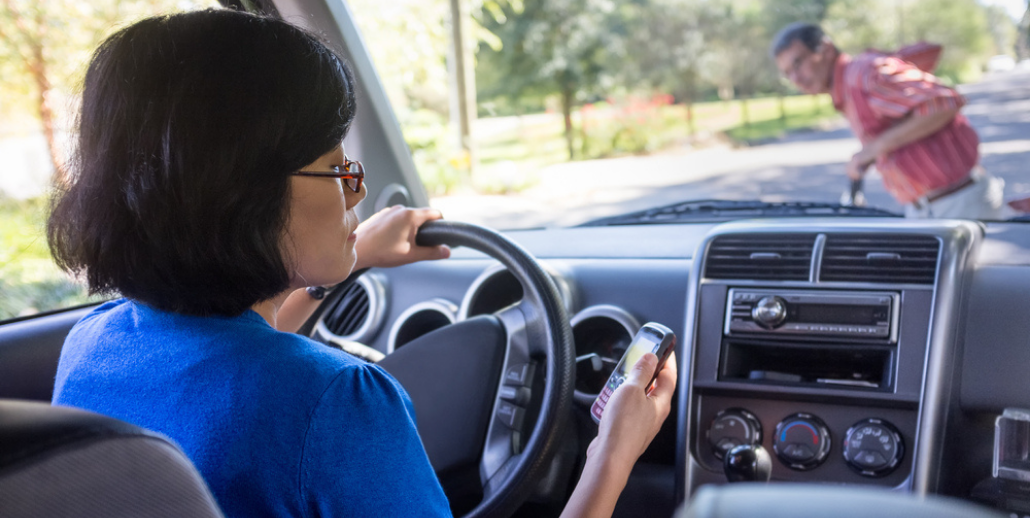There are some safety features that should be standard in 2022. With technological advancements, newer vehicles will keep drivers and passengers safer than before, with distinct features. One thing is for sure, these specific safety features in cameras and sensors will play a major role in overall car safety. What are those features that are being built into vehicles today rather than just add-ons for later installation?
Vehicles today have radar sensors mounted in the front grille, bumper, or air vents of a vehicle. Driver assistance systems also rely on cameras, which are usually installed inside the windshield behind the rearview mirror area. No matter the method of detection, software continually calculates the potential for any kind of collision centered on the data from sensors. Here are examples of safety features found in newer vehicles and proposed for vehicles of the future.
Driver-Assistance Features
Driver assistance features are a group of safety systems that are made to work together to automate and augment vehicle safety by alerting the driver to any hazardous issues as well as avoiding collisions. The systems include adaptive, automated, monitoring, and warning features.
Adaptive – Systems that either change or adapt to influences from the environment. Example: Adaptive cruise control – adapts to the speed of what the road or highway dictates. Sensors onboard assist with adaptive cruise control, which helps to maintain a safe distance by automatically regulating a driver’s speed of travel.
Automated – Systems that secure and carry out functions a driver can’t do safely. Example: Emergency steering – steers the vehicle to avoid hitting an object in the lane or on the road.
Monitoring – Systems that involve the use of sensors, cameras, and other devices to view the area outside of a vehicle. Cameras, software, or enhancements to cruise control systems, and braking are examples of driver monitoring systems. They determine the need for a correction. A concrete example is a dashboard camera mount that tracks a driver’s distraction or sleepiness and alerts the driver to get back on task.
Warning – Systems that warn a driver of issues with their own driving or the driving of others, that could produce injury risks to others in the vehicle. Example: With a lane departure, it automatically creates a warning when the vehicle leaves the lane.
Other examples include:
- Adaptive headlights
- Adaptive light control
- Automatic braking system
- Automatic parking
- Blind-spot monitors
- Pedestrian monitors
- Proximity monitors
- Collision avoidance system
- Forward collision warning
- Cross-traffic interference at intersections
- Incorporation of GPS/traffic data, etc.
- Connecting smartphones for hands-free dialing
- Blindspot warning light (on side-view mirrors
Safe Exit Assist
The safe exit assist technology features cameras, sensors, and other ways to make exiting a vehicle safer. When you open a car door, it can be dangerous for the person trying to exit it, particularly if there is a bicycle, motorbike, or another vehicle passing the area. It’s dangerous to the person opening the door and to the individual passing it. Injuries can occur, particularly in large cities and in areas where bike paths are prevalent.
Driver Surveillance and/or Health Monitoring Systems
Driver surveillance systems include the use of driver monitoring devices and software that will have a greater influence on vehicle safety now and in the future. Even more effective are health monitoring systems that detect medical emergencies. Updated health monitoring will be helpful with accidents related to health, such as driving under the influence, experiencing low blood or high blood pressure, cardiovascular issues, heart attacks, road weariness, or being an inattentive driver. Advanced systems will eventually be able to react to safety issues that will slow down a vehicle, bring it to a safe stop, or get assistance.
Automatic Emergency Braking
Automatic emergency braking is a safety system that enables the brakes of a vehicle when a collision appears imminent. The system works automatically, and the driver doesn’t have to engage the brake pedal. You can also increase the braking force with the system. Automatic emergency braking systems detect not only other vehicles but bicyclists, pedestrians, and even animals. Their purpose is to diminish accidents by activating braking when dangerous conditions occur or if a driver brakes inadequately.
Remote Vehicle Shutdown
Remote vehicle shutdown is a system that uses radio pulses to shut down a vehicle remotely. With the rise in vehicle and cargo theft, automated systems that prevent theft of either are important. Automated systems that both secure vehicles and any cargo are of help in preventing thefts and deterring thieves.
Police departments use remote vehicle shutdown to stop high-speed vehicle chases and find stolen cars. Besides law enforcement, the transport industry is going through cargo losses because of robberies. This kind of crime leads to market demand for remote vehicle shutdown.
Bank and finance companies are also interested in remote vehicle shutdown technology to lock down vehicles that go into default because of nonpayment on vehicle loans.
Dealing with Safety Features
When you own a vehicle with any of these standard features or are contemplating purchasing such a vehicle, you need to be thinking about a good auto body shop near me that specializes in safety features. You want them to be knowledgeable about the changes occurring in standards and how to deal with them.
Expanded safety features for your vehicle are important and should be standard fare in any newer and future vehicles. If you have problems with safety features on your vehicle and aren’t sure how to handle any that are currently in use, Elmer’s Auto Body can be of help with those feature malfunctions. We have been in business for 70 years and know the ins and outs of the industry, plus we are familiar with the ever-changing nature of today’s vehicles. If you want convenient, fast, and easy service, call us at (856) 218-0202. Our team will be happy to help you solve your problems with safety features.

